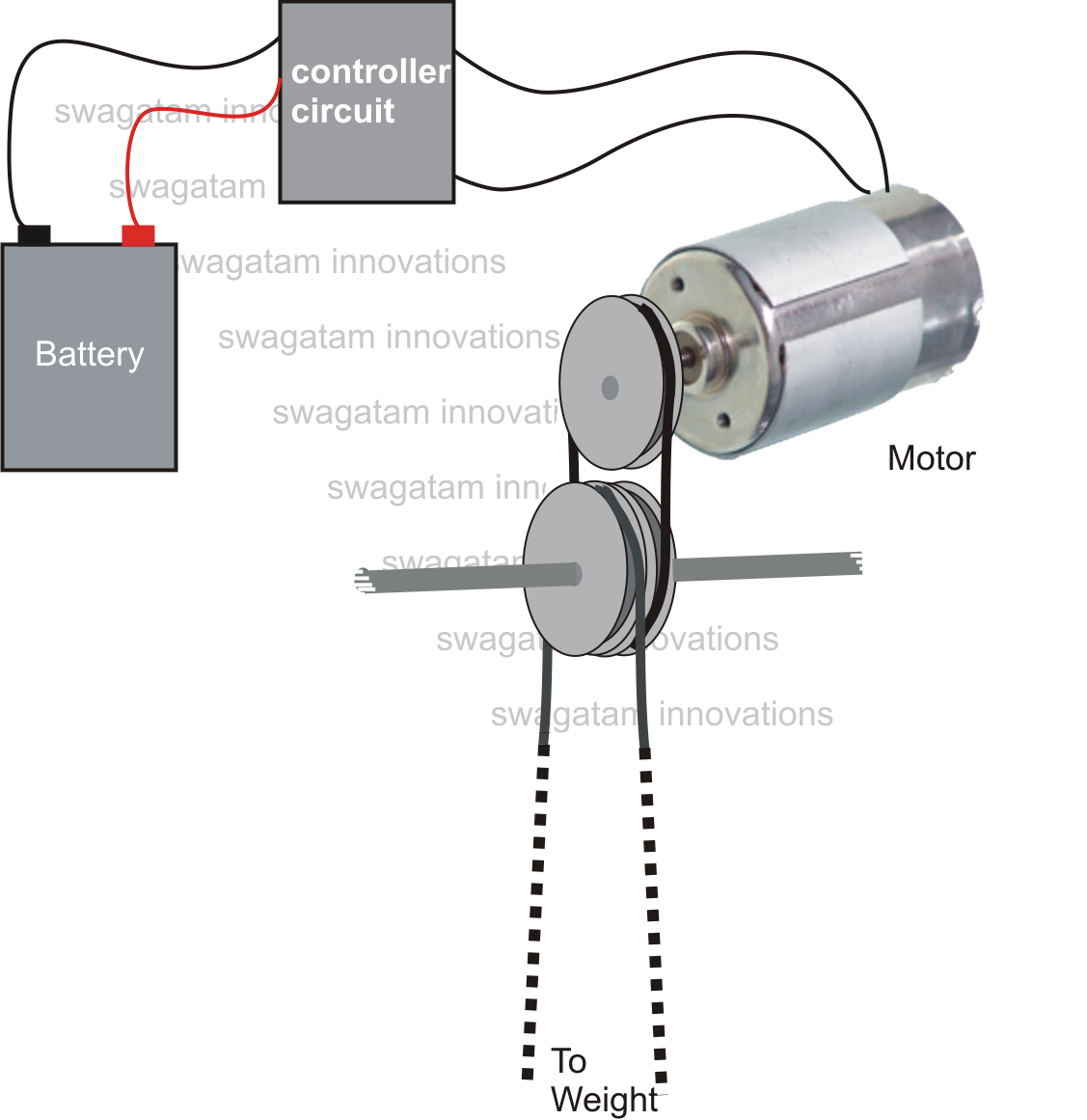The post describes the circuit execution of an appealing idea of transforming physical energy into electricity. Right here we understand a basic procedure for changing or channelizing the useless gym equipment energy into helpful electrical energy.
Employing the above idea is really very uncomplicated as the input energy source is clear-cut and constant.
Though exercising in a gym, the individuals are a lot desperate to donate their physical power either to shed-of additional weight or for improving muscle tissue development. Consequently, anyhow this power is made for throwing away which will make the principle much simpler to attain.
Everyone knows that the the majority of easiest method of transforming a mechanical force into electricity is by means of a motor, or by utilizing the force for rotating the motor and getting electricity from the output wires of the motor.
The above theory of achieving free electricity from gym workout machines may be every efficiently utilized right here at the same time.
All the body building tools in a gym which include pulley/rope and hanging weight mechanism could be changed into electricity producing equipment.
As revealed in the figure below, an arrangement might be forged where with a further rope pulley mechanism an easy enduring magnet type motor may be built-in with the present weight lifting machine.
When any person pulls and utilizes the machine while doing a workout, the motor also gets rotated along, in a push pull way.
The above motion encourages the needed electromotive energy across the motor output wires which can be properly prepared inside the rectifier/controller circuit and finally delivered across the associated battery for charging it.
Another point could be observed right here, with a discharged battery linked, the motor could be exposed to greater torque making the mechanism stiffer. this might hopefully make the whole part more difficult and pleasant for our "body builders".
The motor pulley ought to be much smaller in size when compared with the machine pulley, so that the rotation ratio favors maximum number of rotations over the motor pulley so enabling to produce optimum power from the motor.

A straightforward charger/controller is demonstrated below, which is often raised for this application too. The circuit makes use of the popular IC LM338. The "push-pull" voltage from the motor, or the changing voltage from the motor is first repaired by the four diodes, filtered by the capacitor and controlled to the preferred battery voltage by the IC LM338 circuit.

Leave a Reply